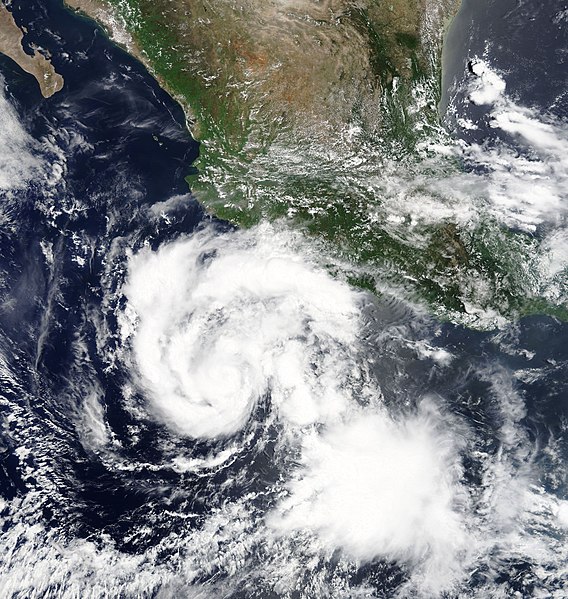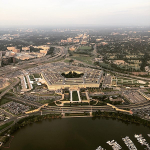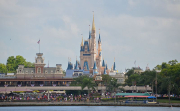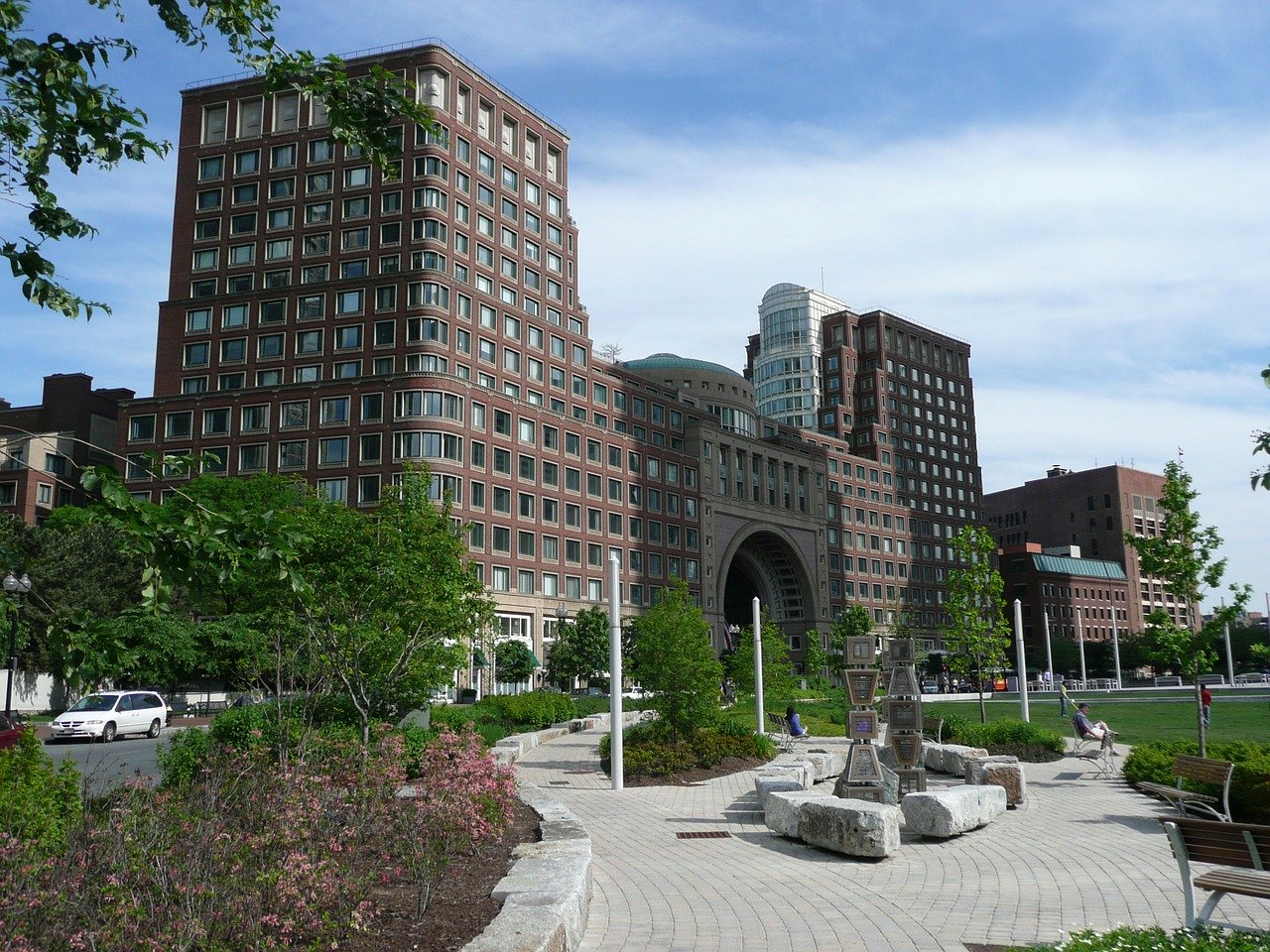
Cleanup operations were in full swing in mountain and desert towns on Tuesday following the aftermath of Southern California's first tropical storm in 84 years.
As the system dissipated while traversing the Rocky Mountains, crews worked tirelessly to clear away mud and debris, a testament to the resilience of the affected communities.
Tropical Storm Hilary unleashed unprecedented levels of rainfall over California's arid deserts, including the iconic Death Valley. The valley experienced its single rainiest day on record this past Sunday.
As Hilary advanced northeast into neighboring Nevada, the aftermath included flooding, power outages, and the imposition of a boil-water order for roughly 400 households in the Mount Charleston area. This region faced a washed-out road as the only access point in and out. Situated about 40 miles (64 kilometers) west of Las Vegas, the situation in Mount Charleston was particularly dire.
Hilary initially struck Mexico's Baja California Peninsula as a hurricane, causing widespread flooding and a single fatality, before diminishing into a tropical storm. The current situation in California lacks reports of deaths, severe injuries, or extensive damages. However, officials have cautioned that the risk remains, especially in mountainous areas where saturated hillsides could trigger mudslides.
In a dramatic rescue operation, officials in Cathedral City utilized a bulldozer to navigate through mud, reaching a care home that was inundated with water. Fourteen residents were heroically scooped up and transported to safety using this method, recounted Fire Chief Michael Contreras. The city executed a total of 46 rescues from late Sunday night to the next afternoon, with water levels reaching up to 5 feet (1.5 meters).
Hilary's impact serves as another example of climate-related disasters that have ravaged the United States, Canada, and Mexico. Hawaii's Maui Island is grappling with the aftermath of a devastating blaze, the deadliest US wildfire in over a century, while Canada faces its most severe fire season on record.
Hilary's rapid growth can be attributed to factors like warm water and air, steering it along an unusual but not entirely unprecedented path that resulted in rain drenching areas that typically remain arid.
The wet conditions may offer a temporary reprieve from wildfires in Southern California and parts of the Sierra Nevada. However, widespread rain is not expected in the regions most prone to wildfires, as highlighted by Daniel Swain, a climate scientist from the University of California, Los Angeles.
Southern California's inland desert and mountain regions, along with parts of Nevada, reported flooding and mudslides in the wake of the storm.
Despite the challenges posed by the storm, the annual Burning Man counterculture festival in the Nevada desert remains on schedule, although the plans of early camp setup for participants have been disrupted by the storm's remnants. Organizers have temporarily closed the entrance gates due to the muddy conditions created by the rain.
Hilary also shattered records, resulting in the rainiest day ever recorded in San Diego and saturating Death Valley National Park with the equivalent of a year's worth of rainfall. This event led to the indefinite closure of the park and the temporary sheltering of approximately 400 individuals in Furnace Creek, Stovepipe Wells, and Panamint Springs until roadways could be cleared.
Sunday marked the rainiest day in the desert region, with the storm depositing 2.2 inches of rainfall, as reported by John Adair, senior meteorologist at NWS Las Vegas.
The last tropical storm to make an impact on California was in September 1939, leaving a trail of destruction including train track damage, house displacements, and numerous maritime incidents. The storm claimed almost 100 lives on land and at sea.
In another part of the country, Tropical Storm Harold made landfall on the South Texas coast, expected to bring strong wind gusts and heavy rainfall to the region. Photo by NASA Goddard Space Flight Center from Greenbelt, MD, USA, Wikimedia commons.






































